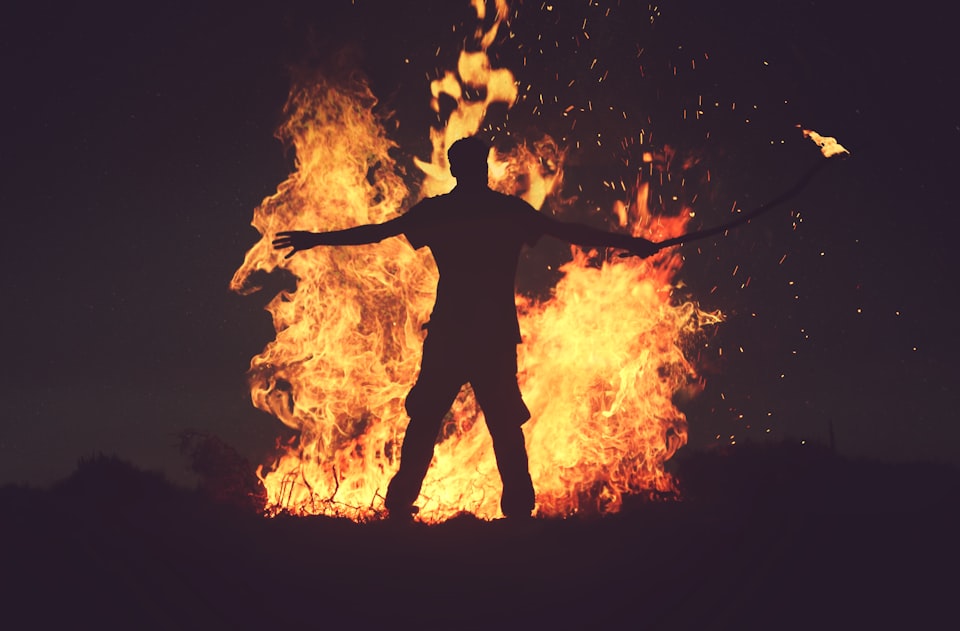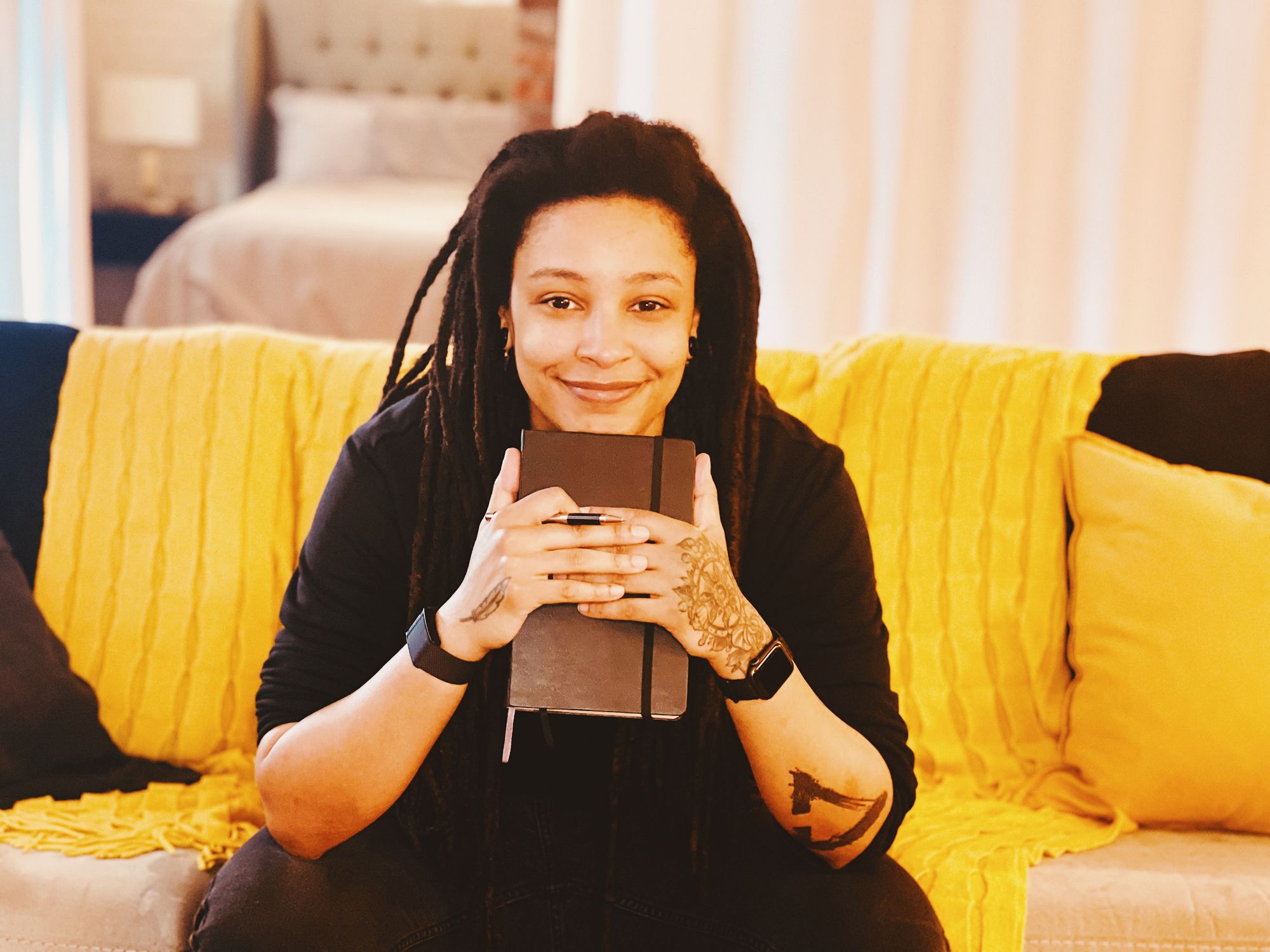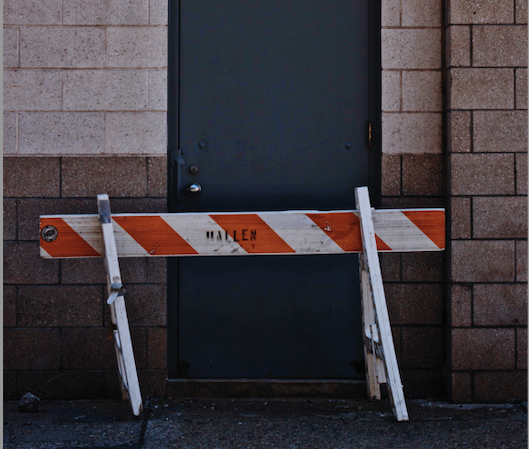Safe Anger

If you're like me, anger's never been safe for you.
Anger meant danger in my home, and it showed.
At first I modeled what I saw. When someone angers you, you punish them, lest they forget to learn their lesson on their own.
Eventually, I learned maybe my behavior was as abusive as the behavior I resented growing up with - even if I didn't take it to a physical level, words can be violent, too.
So I tucked all of my aggression away, afraid of it.
My anger with it.
And from there, I practiced setting boundaries and handling conflict with nonviolent communication.
It was hard. I learned a lot. And still, something was missing.
It wasn't until I was in my 30's that I learned I'd had it all wrong.
Anger and aggression are two different things.
Mastering them isn't about putting them away. It's about learning to put them in their very living, active, and present lanes in your life.
Anger is a Feeling.
You feel it in your body.
It's your inner advocate speaking up to say "no, this is unacceptable to me."
It tells you to set a boundary, to advocate for yourself, and to stand your ground.
Aggression is your inner Fighter.
Aggression isn't advocating for you. It fights for you, be it verbally or physically.
It forces the enemy back or puts them down.
In my house, anger and aggression had a codependent relationship with one another.
I had to learn to decouple the two.
I had to learn that it's true that sometimes we need aggression. Sometimes we need to protect ourselves in that way.
A part of confidence is knowing we can be dangerous should we choose to. But knowing we don't have to, and we have the skills to not have to 99.9% of the time.
A part of confidence is knowing that 99.9% of the time, expressing anger (without aggression) is enough.
Expressing anger can be as simple as saying "I'm angry with you" and explaining why.
This, without aggression, gives us one of two things:
- Help us feel heard, seen, valued, and understood, which soothes both anger and aggression. This makes way for repair and reconciliation.
- Or, it can help us find out that this person doesn't have the capacity to do those things for us right now, which gives us the answer we need to adjust our position with them if that's necessary, confirming whatever boundary we need to set without aggression having to step in.
Most of the time, that's what we're looking for, one of these two options.
When we're mishandling our anger & aggression, we don't give ourselves these opportunities.
Anger wants to be heard.
But when our inner fighter steps in the ring too soon, it sabotages that.
Because people can only hear, understand, and soothe your anger when they aren't busy protecting themselves from the blows of your aggression.
The practice is discovering how to express both anger and aggression in safe ways.
The practice is getting anger and aggression to unblend, and stay in their respective lanes.
Mastery is learning how to express aggression in sport (like hitting a punching bag), and building a strong enough relationship with anger to let it guide you to your boundaries, your morals, your values, and your non-negotiables in relationships.
Without causing unnecessary harm.
Tori
Tap the bookmark below to see how I can personally support you in this.



Member discussion